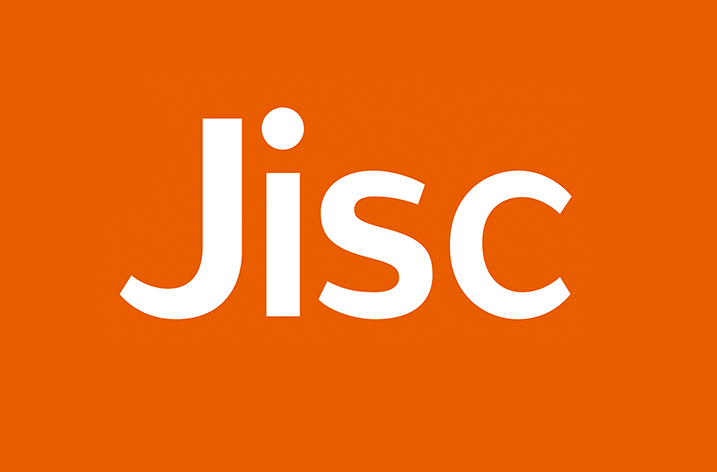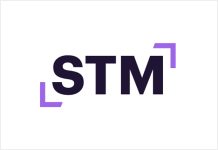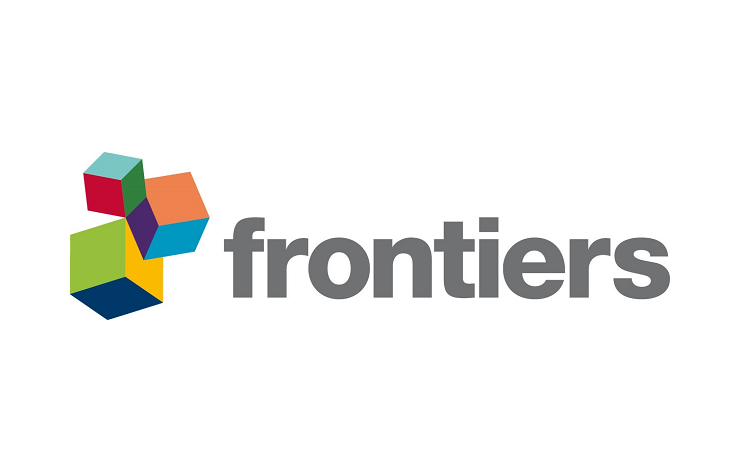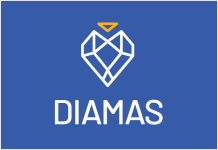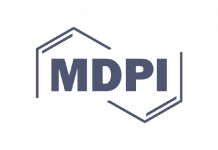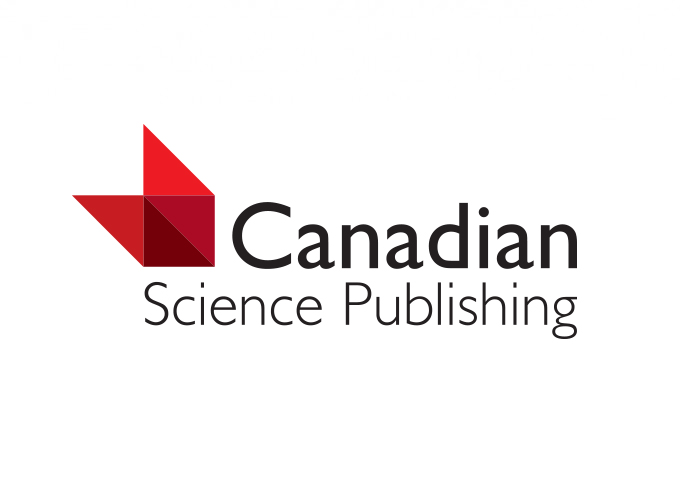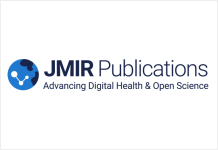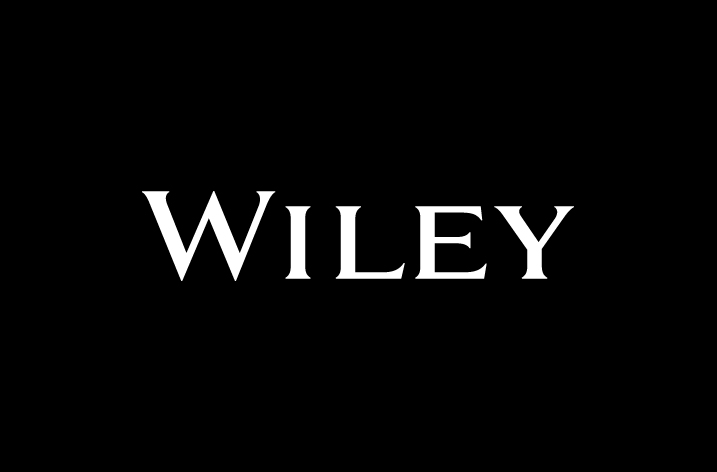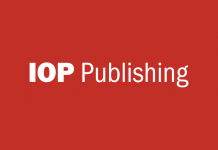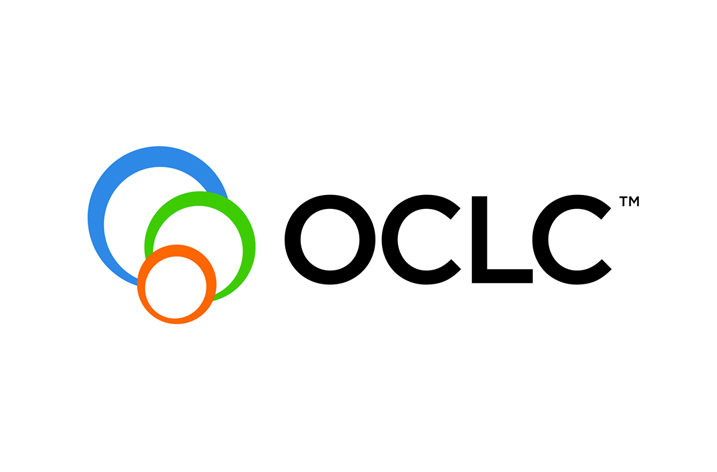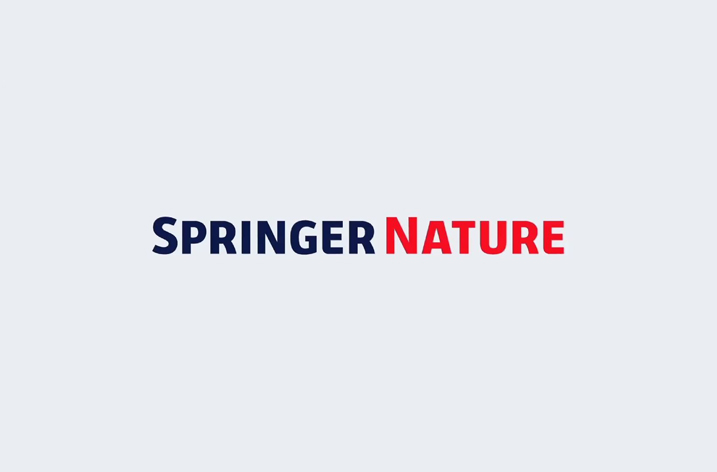
According to the Nature Index, Melbourne was Australia’s leading city in terms of high-quality science output in 2015, followed by Sydney. The index also shows that Brisbane saw the fastest growth in output between 2012 and 2015, and is home to the highest-placed institution in Australia, The University of Queensland (UQ), which made the largest contribution by share of authorship to high-quality papers than any other institution last year. Overall, Australia’s high-quality research output has grown considerably, up by 10% in just three years, placing it 12th in the index’s global standings.
The Nature Index 2016 Australia and New Zealand supplement examines how these Antipodean neighbours compete on the global stage in producing high-quality research publications, and highlights the cities and institutions that are the epicentres of the region’s scientific endeavour and collaboration. It uses the power of the Nature Index, which tracks the high-quality research of more than 8,000 global institutions, and assesses the top 30 leading Australian institutions in the index in 2015 by their contribution to 68 high-quality journals. (See ‘About the Nature Index’ for full definitions of measures.)
83 of Melbourne’s institutions published in the 68 journals selected for inclusion in the Nature Index, compared to 50 from Sydney. Melbourne also had the most research partnerships between institutions within the city (city-to-city research partnerships), elevating it into the world’s top 10 ranked cities by this measure. In Sydney’s case, its strength in the physical sciences is found to be fuelling an expanding science ecosystem. Major research hubs focused on quantum computing and nanoscience have been strengthened by the addition of new labs in 2016, which, together with prowess in other disciplines such as astrophysics and photonics, offer promise for lucrative new industries.
Brisbane is bidding to break its southerly neighbours’ hold at the top of the index’s tables. Its output has grown faster than any other city in the past three years, largely due to its strength in the life sciences. The Queensland capital has benefited from state investment of $3.4 billion in research capacity over the last decade that has attracted and retained talented young scientists.
Joining UQ in the top 10 are Monash University (second) and The University of Melbourne (fourth) from Victoria, Australian National University (third), and two institutions from New South Wales: University of New South Wales (fifth) and The University of Sydney (sixth). The Universities of Western Australia and Adelaide are eight and ninth respectively, and Curtin University in Perth – tipped as a rising star by the Nature Index in July this year – is tenth.
“The index’s data illustrate that Australia’s high-quality research output is increasingly being driven by these hotspots of innovation, like in Melbourne and Sydney, where institutions are clustered together and can collaborate easily,” said David Swinbanks, founder of the Nature Index.
The Nature Index 2016 Australia and New Zealand supplement also found that New Zealand is taking full advantage of its unique geology and natural environment to produce high-quality research, lifting the island nation of 4.5 million people alongside much larger countries in the global standings. Overall, it is 30th in the index’s global tables, but climbs to 15th when measuring output in Earth and environmental sciences.
“The index shows that many of New Zealand’s research strengths are rooted in the benefits and challenges of its position on the globe. University of Otago, on the seismically active South Island, is a leader in tectonic research, and New Zealand’s proximity to Antarctica has also led to its impressive performance in climate science, work that Victoria University of Wellington has been at the forefront of for decades. For the University of Auckland, our data show that it excels in the life sciences, including drug discovery and bioengineering,” added Dr Swinbanks.
More information about the Nature Index is available at natureindex.com.






